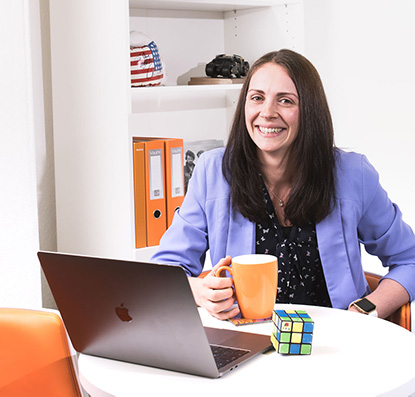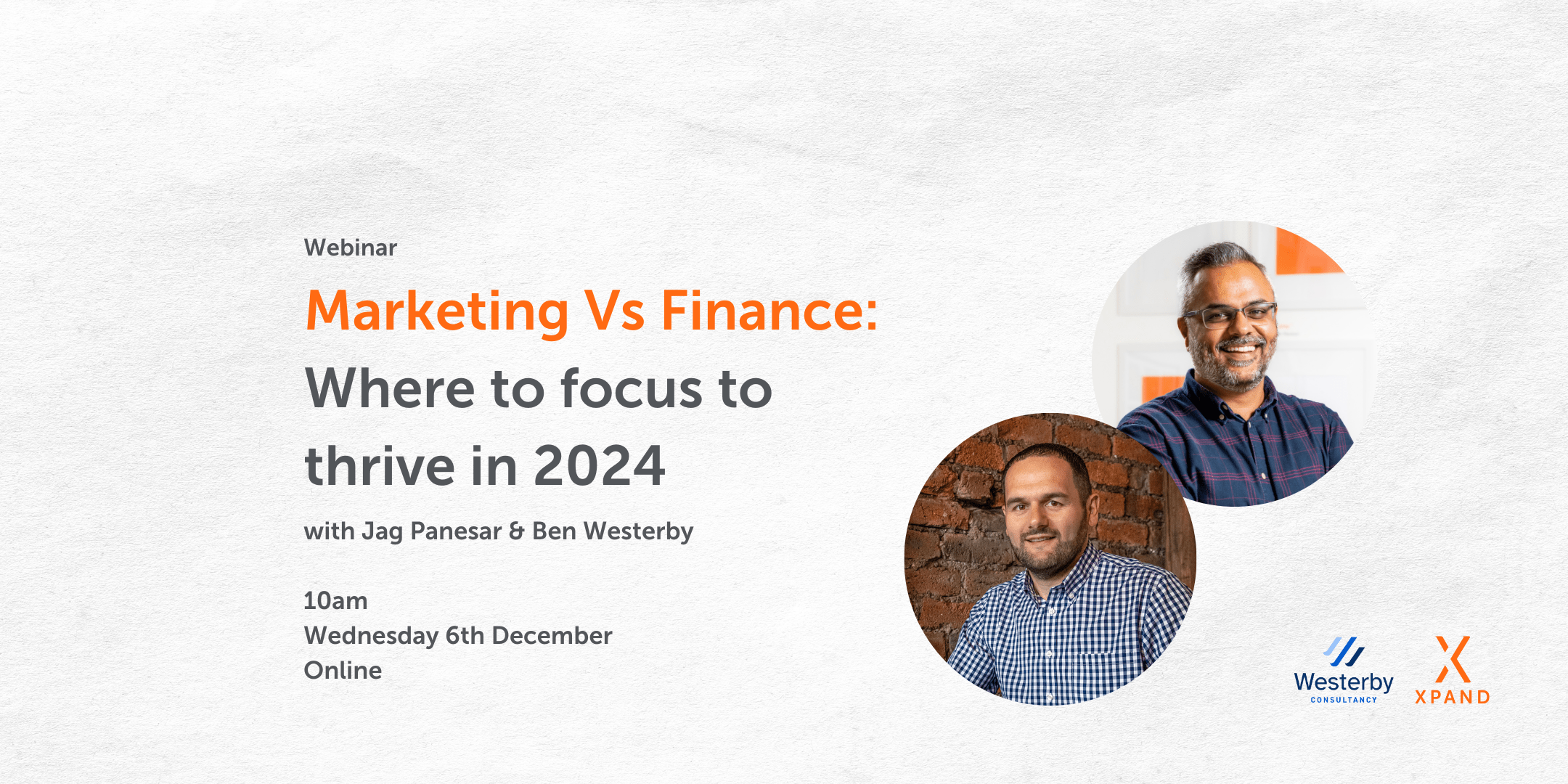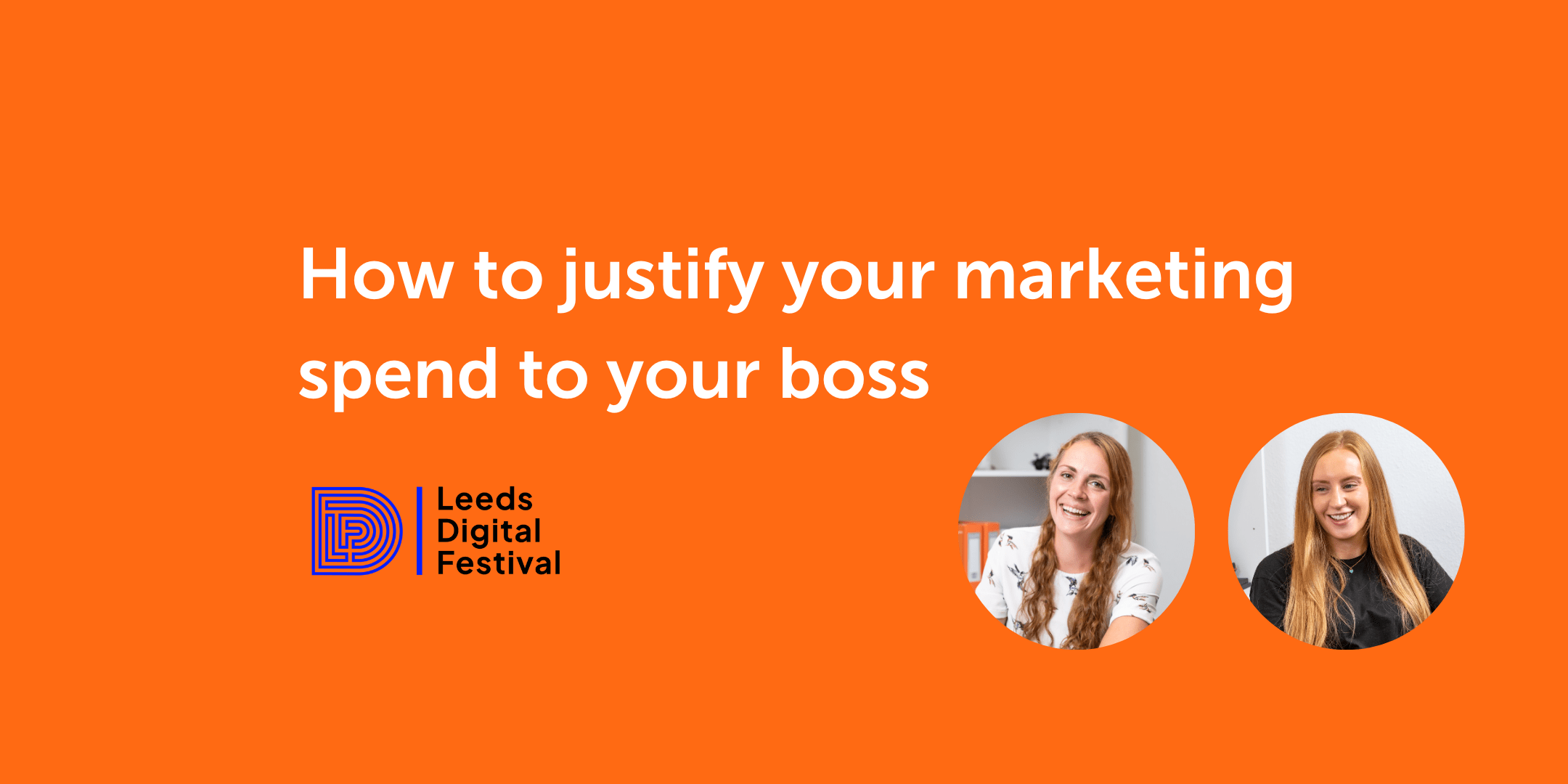LinkedIn has fast become one of the largest social media websites available. Facebook still takes the trophy for the largest, but LinkedIn is definitely better known for its networking and sales opportunities.
On Friday May 1st, I delivered a webinar based around my years of experience of using LinkedIn. Below is a recording of the webinar and a copy of the slides used. I have also provided written detail around each point that I discussed.
With the current situation, businesses are being forced online more than ever before. Business to business (B to B) companies that previously didn’t use LinkedIn are now trying to get to grips with it, or at least they should be. One of your marketing goals should be to keep your head above the rest, and that isn’t as hard as you think.
But why does it matter how my profile looks as long as I am on there?
Improving the profiles of people linked to your business will increase how often they show in search results, thus extending the social voice of your brand.
Still not convinced?
- Users with complete profiles are 40 times more likely to receive opportunities through LinkedIn.
- Only 51% of LinkedIn users have complete profiles.
- 68% of LinkedIn members use the platform to reconnect with past business associates.
Like all networking sites and search engines, LinkedIn works on what is known as an algorithm. An algorithm is a process or a set of rules which are followed in order to create a result. In LinkedIn’s case, it follows a process similar to the one laid out below. It will look for and show results in this order:
- Profile completeness
- Connections in common
- Connections by degree, 1st, 2nd, 3rd
- Groups in common
So, how do you improve?
There are a number of things you can do to improve your profile, LinkedIn is very keen to help you achieve this, however they rely on you and your employees being able to ‘sell’ yourselves.
In our webinar on Friday 1st May, we discussed the following 7 steps (plus an extra bonus) on how to become an all-star, and improve the appearance of your LinkedIn profile.
- Aim for All Star (100% complete)
LinkedIn provides a simple to follow, step by step ‘profile completeness’ functionality, which you can find at the top right-hand side of your profile page. The guide will take you through all of the individual sections, however if you are short on time, concentrating on getting these four main areas looking their best, will make the biggest difference to your rankings.
- Intro
- About
- Background
- Accomplishments
2. Connections – The importance of building them, and how.
“Networking isn’t how many people you know; its how many people know you.”
Makes sense doesn’t it? How many people do you really know? How many of them would you trust? The neighbor across the street who always sends you a Christmas card but can’t remember your name so addresses it to Number 21. Connections are no different.
There are 675 million members on LinkedIn worldwide, and this number is increasing every second. You may have noticed how LinkedIn likes people to have 500 connections, and that after you’ve hit this number it becomes a +. That’s because LinkedIn sees this figure as an influential number. You will gain more prominence if you are seen to have more influence. Take the school playground for example. The more popular you were, the more people knew of you, and wanted to be your friend. BUT, a word of warning, take time to vet your connections. Don’t just accept anyone. One wrong connection could cause you a great deal of disruption.
500 seems like a huge number but if you think about all the people you know through work, previous work places, school and just in general life, friends of friends, neighbours etc, you’ll be there before you know it.
LinkedIn also kindly supports you by providing suggestions in the ‘My Network’ section of your account.
If you and your employees are out and about meeting clients, encourage them to get into the habit of ‘connecting’ with anyone they meet, and you do this too. If you go to a networking event, connect with everyone, even if you don’t physically meet, you should still use this as an opportunity to reach out. Treat LinkedIn like their business card.
People come and go, so it makes sense to build your connections by connecting with every one of your client’s senior employees. LinkedIn makes this easy for you by showing you people you may know, on the right-hand side of any selected profile. You can also search on the business name and connect with them that way, although it may be a nicer touch to go through your main contact.
TIP: Always explain why you’d like to connect, giving a reason will help the person understand who you are, and support the foundation of potential future business.
3. Why should you manage your endorsements
LinkedIn members who include skills in their profiles receive up to 13 times more profile views – LinkedIn
LinkedIn likes people to have skills listed, in fact it allows up to 50, however if you are starting out, we would advise you aim for around 25, that way you can manage them easier.
Be specific when you choose these, think of the skills you’d like to be found for (almost like keywords in SEO). Don’t be afraid to delete skills that you no longer feel represent your objectives.
Don’t be afraid to ask people to endorse you, especially if you have provided them with a particular result, but don’t forget to return the favour. LinkedIn likes that too.
4. Why and how to build your recommendations
“83% of online respondents in 60 countries say they trust the recommendations of friends and family.” – Nielsen Report
How many times have you asked a family or friend for a restaurant recommendation, or taken their feedback on that new bar in town as gold. Or even beyond personal connections, you have searched for a hotel on trip advisor before booking it, or checked the reviews on an Amazon product before clicking buy. I’m guessing it’s more than once.
Recommendations are valuable. They are worth more than endorsements, however they are much harder to obtain. LinkedIn value credibility and recommendations do just that. Think of a testimonial on your website – LinkedIn is like your personal mini site, so why wouldn’t you add some evidence to that too?
If you make use of a sales funnel within your business, make sure you add, ‘obtaining a LinkedIn recommendation’ to it. It should become a habit for your sales team to ask.
Asking for them isn’t as hard as you think, however timing is key. You wouldn’t write a trip advisor review for a restaurant two months after the meal would you? So apply that logic here too. If you provide a solution your client is happy with, ask them to write one up then.
TIP: Always take the time to personalize the request. Make them feel special too.
5. How to manage your privacy settings.
The internet is full of data and LinkedIn is no different so make sure you are using your profile settings correctly.
If your profile visibility is turned off, you will not show ‘off’ LinkedIn i.e. Google, which is essential if you want to develop your online presence. In your public profile & URL settings, you can adjust the toggles to just how much data you’d like to share. You will also need to ensure these are on if you are using a public profile badge.
In terms of how people see you on LinkedIn when you comment on a public post, you will need to manage your profile viewing options, which you can find in your account settings. You have three options available to you.
- Your name and headline
- Private profile characters, such as your company name
- Completely anonymous
NB: If your profile is set to private you won’t be able to see any of the people who viewed your profile, however it does also mean that they won’t see you if you look at theirs.
6. Get into the habit of using your dashboard
“Your ideal customer or contact is as unique to you as your personal dashboard data so use the information available as a benchmark for monitoring results and making continuous improvements.” – Social Media Examiner
Think of your dashboard as your personal analytics tool. No-one else can see it, it is private to you. You can see how many people are viewing your profile, articles, and how often you are appearing in search results. Career Interests is irrelevant unless you are looking for another position, but others have used it to attract talent for their own company. Salary insights show you how you compare to others in the same roles.
We would highly recommend that you take a screenshot of the data before you make any changes, that way you can monitor the results. It is also useful to analyze what content works for your audience.
In addition, there is also another useful tool called the Social Selling Index.
This measures how effective you are at establishing your professional brand, finding the right people, engaging with insights, and building relationships. It is updated daily.
7. Be Active
Only 1% of users share content on a weekly basis – Kinsta
Crazy really, but it’s true. Think of your own newsfeed and whose content you see regularly. Chances are you don’t see 10% of your connections.
Its great having the best profile on LinkedIn but if you’re not using it, then it’s simply a waste of time. You need to share curated content such as articles, case studies, news updates but always take the time to explain why you are sharing, ask for people’s opinion. Don’t be afraid to add some personality but don’t say anything you wouldn’t say in the real business world.
LinkedIn recommend an hour a day to remain present. There are several things you can do in order to keep this presence. Do these and you should see an improvement in profile views, and connection requests.
- Be a LinkedIn liker. Take time to like any posts which you find add value
- Share the love. As mentioned already, take time to share and comment on other peoples posts
- Join relevant groups and post in them, but be sure to read the rules first
- Keep your profile up to date – Moved jobs, update your career history. Take time to check the information you’ve provided is still relevant. Are links still working? Is media still correct?
- Write articles on LinkedIn itself – Listicles are well liked, so if you have some knowledge that you can write up in a list format, do it and share it
- Show some respect – If you read an article or a post and you learn something from it… then give the author an endorsement for the subject
In addition to the above, we also explained how to optimize your company page.
97% of consumers go online to find and research products and services – Blue Corona
This takes us back to the aforementioned trip advisor and Google. We all like to research we commit, don’t we? Especially the high value goods like cars, holidays etc. So isn’t it important that every aspect of our brand looks right? A website is an online shop window; well you should be seeing your company page in exactly the same way. Interestingly, LinkedIn is the second place the media will look after Google.
At Xpand we are always seeing pages where care hasn’t been taken to follow required sizes, when it comes to the profile picture and cover photo. These are the first things anyone will see when searching your company, so it is really important that you ensure they meet the specifications, after all, first impressions count. We highly recommend you place your logo as your profile picture, do not use an individual’s face.
Company pages with profile pictures get six times more visitors than those without.
Everything we have already said for a personal profile also stands for a company page. Ensuring you have completed all the available sections using keywords and identifying links is extremely important.
Last but not least, post! Activity is just as important here too. Use the 411 concept.
4 – New posts
1 – Share
1 – Promo
It is worth noting that LinkedIn automatically creates company pages when someone adds career history so although you may not have physically set up your own page, you may already have one which you just need to claim.
If you would like any help to improve your presence on LinkedIn, we’re happy to help here at Xpand.


